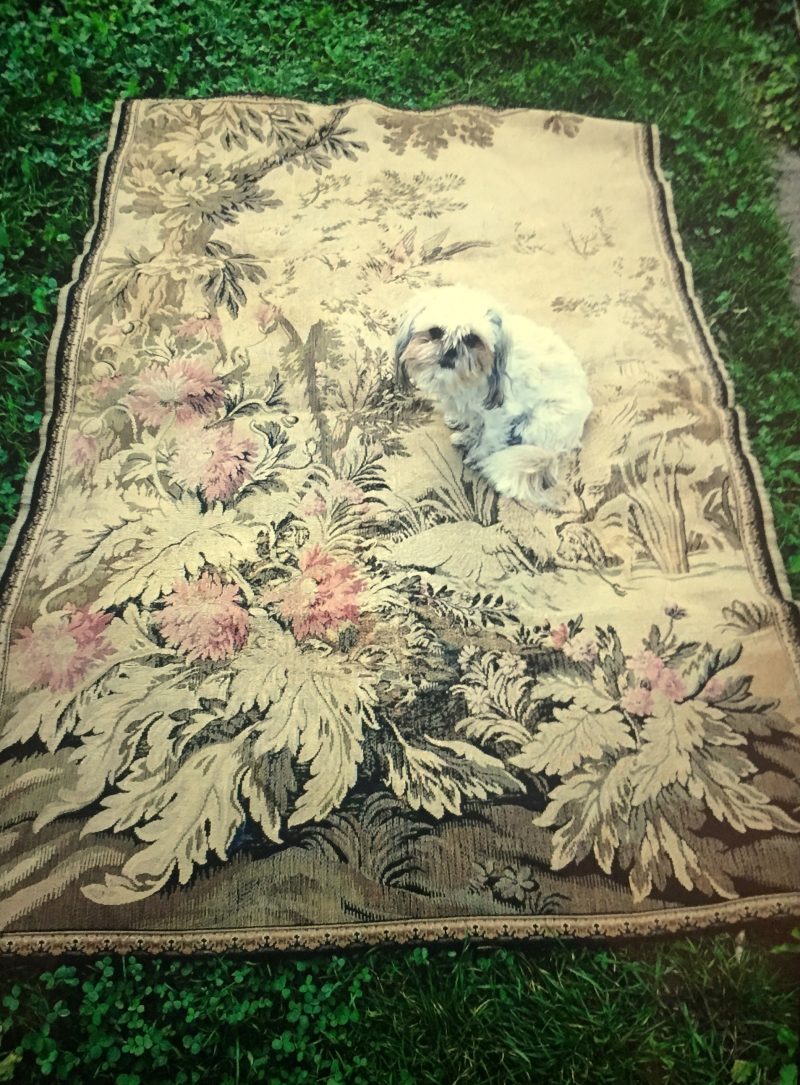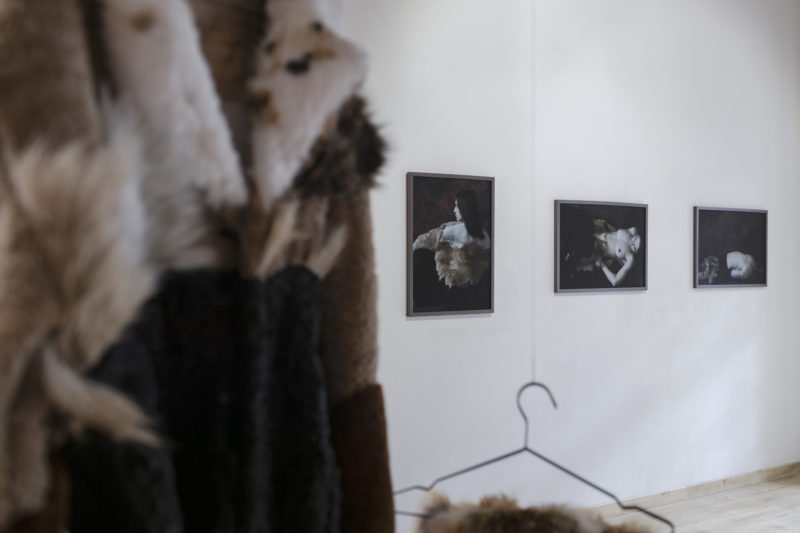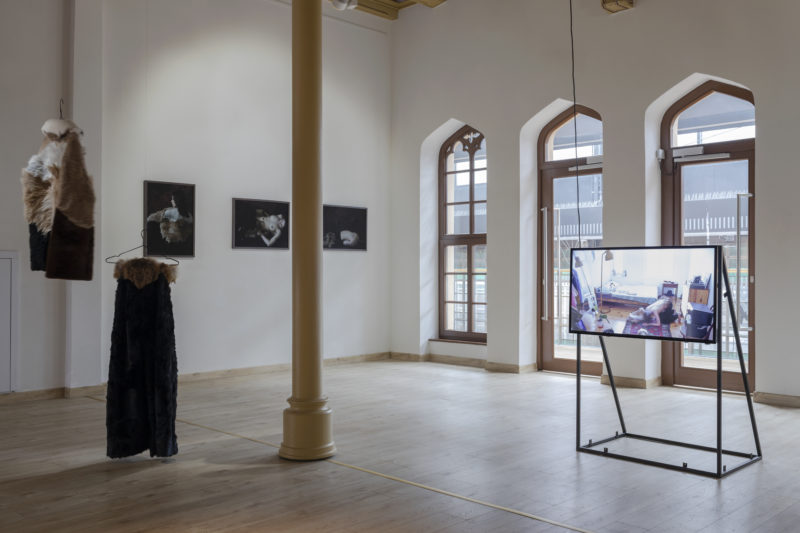
Still Life
Agata Siniarska


The project by Agata Siniarska, a Polish choreographer living in Berlin, refers to the classic theme of still life, popularized by modern painting. The artist’s groundbreaking choreographies place human bodies next to “foreign bodies” – other creatures, objects, processes and actors. They all make up our common, extended ethical environment. Assuming that “every attempt to understand another species is always a superficial contact”, this time the artist decided to work with skin as a perverse interspecies meeting place. The result of the process is specific Still Life, a suit made of animal remains, cut from animal skins, pelts, feathers and horns. The costume is activated by the artist during the performance.
“In 2021, still life is undoubtedly still,” says the artist. “We are living in the time of the sixth extinction”. It is therefore an interpretation of the vanity motif tailored for our time. Due to anthropogenic climatic changes, the world’s ecosystems are undergoing mass extinction events. The adverse, irreversible changes include depletion of biodiversity, decline of wild animal and plant populations on an unprecedented scale. Zoonotic viruses, already causing most diseases today, including SARS and COVID-19, are not the only consequences of anthropogenic impact on the environment. However, there is still a lack of common awareness of the correlation between these two phenomena. Agata Siniarska’s work is intended to be a non-existent monument to the memory of endangered animal and plant species. It is “an archive of silent tales and unnoticed traces.” The movement designed by the artist is an attempt to tell and cherish a mutual story in which humanity co-habits space with various forms of life.
Agata Siniarska works in the field of extended choreography. She places her practice between how we think about the world and how we move in it. It is a place where somatics and politics intersect – a place where body perception meets social engagement – between somatic and environmental landscapes, between human and non-human bodies. Agata’s present research is dedicated to multi-species archives in the time of extinction. Human nature is an interspecies relationship which makes extinction a co-extinction, our process of dying-with. How, then to build our common future, how to write a common story, not of the world but in the world? Our future cannot forget the past. When we tell stories of the past, what past do we tell? What is to be lost, retained, preserved, remembered?